Family Guide: Poster History Timeline
The Poster History Timeline includes posters from the museum’s permanent collection. It shows the progression of poster design from the 19th century to the present, and is an excellent entry point for children to learn the fundamentals of visual communication. Below, see some examples of posters from this display, and guiding questions that can spark deeper discussion between adults and kids—at the museum and at home!
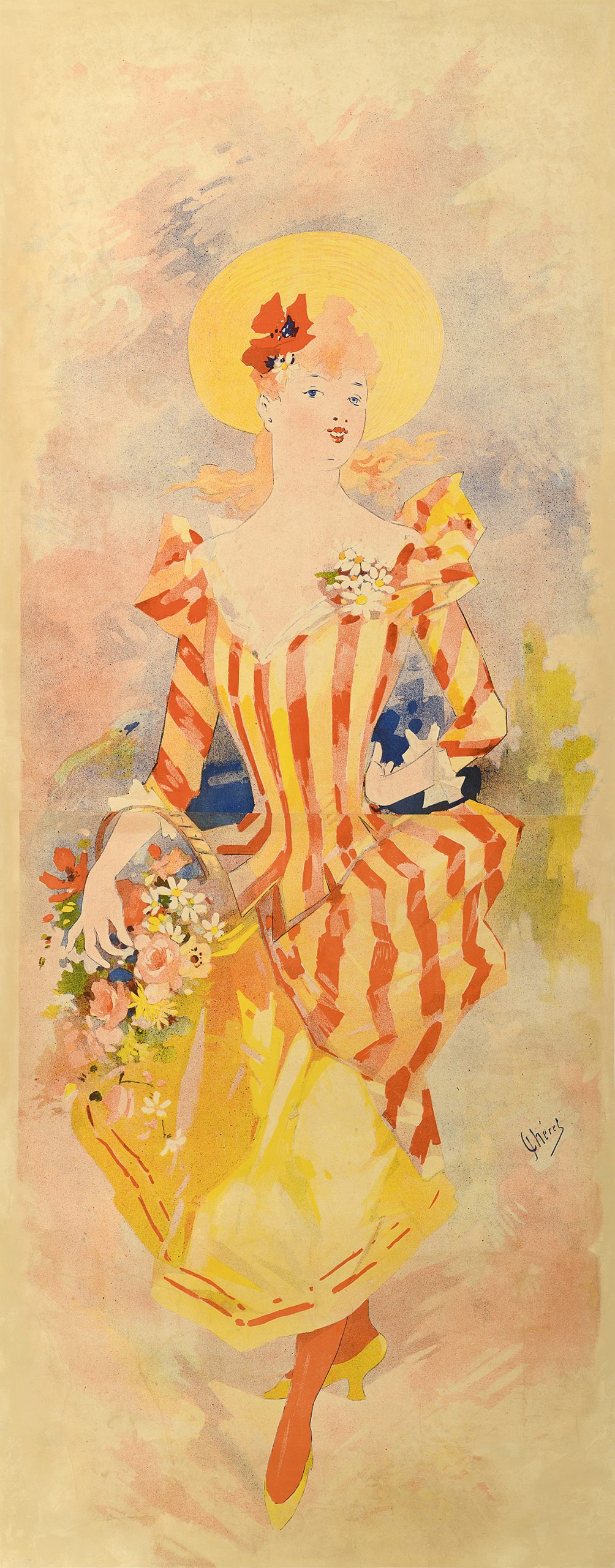
Libraire Ed. Sagot, Jules Chéret, 1891
This poster was made using stone lithography (lith-ah-grah-fee). Designer Jules Chéret had to print each color using a separate stone, from lightest to darkest. When these colors come together, they make a full-color poster. If you had to reprint this poster, which color should you print first? Which color should you print last?
HINT: The first color should be the lightest, and the last color should be the darkest!
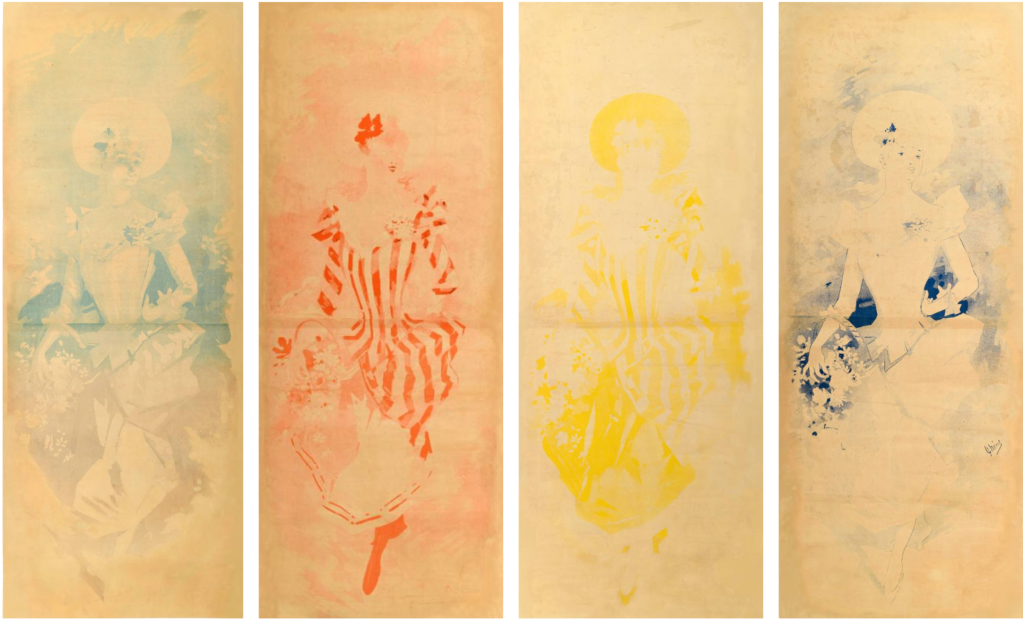
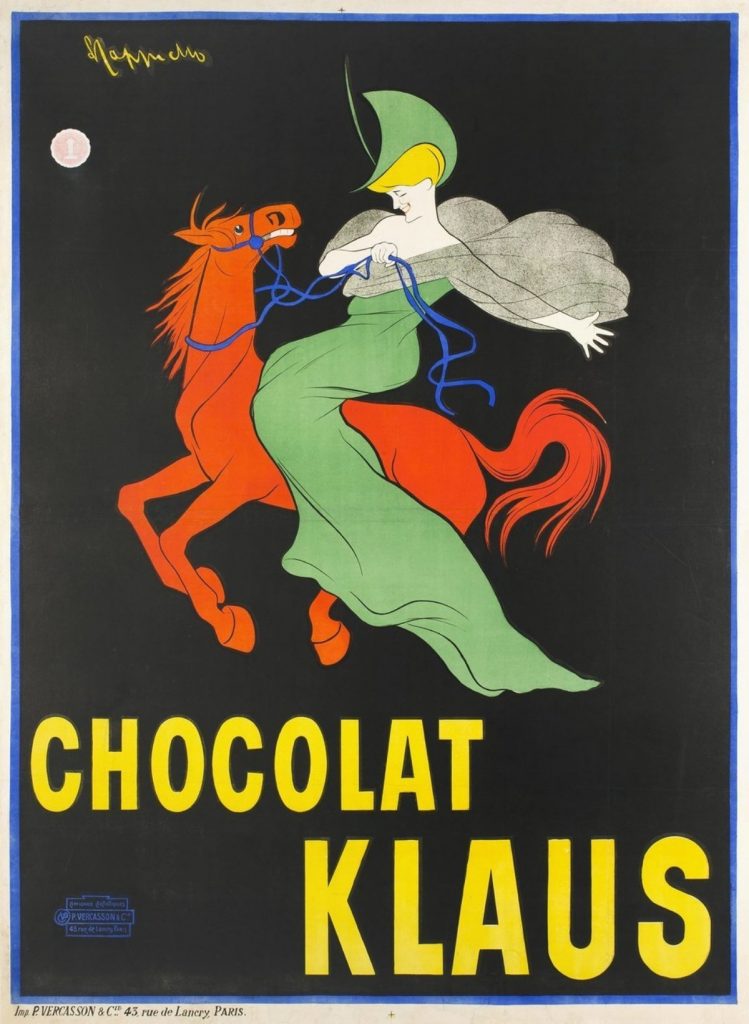
Chocolat Klaus, Leonetto Cappiello, 1903
Chocolat Klaus was a Swiss chocolate company. The woman in the green dress and her red horse became the mascot for the company after this poster was made.
Think about some of the mascots you see today: for cereal, for sports teams, and for fast food. Which mascot do you like the most? If you had to make a poster for chocolate, what kind of mascot would you invent?
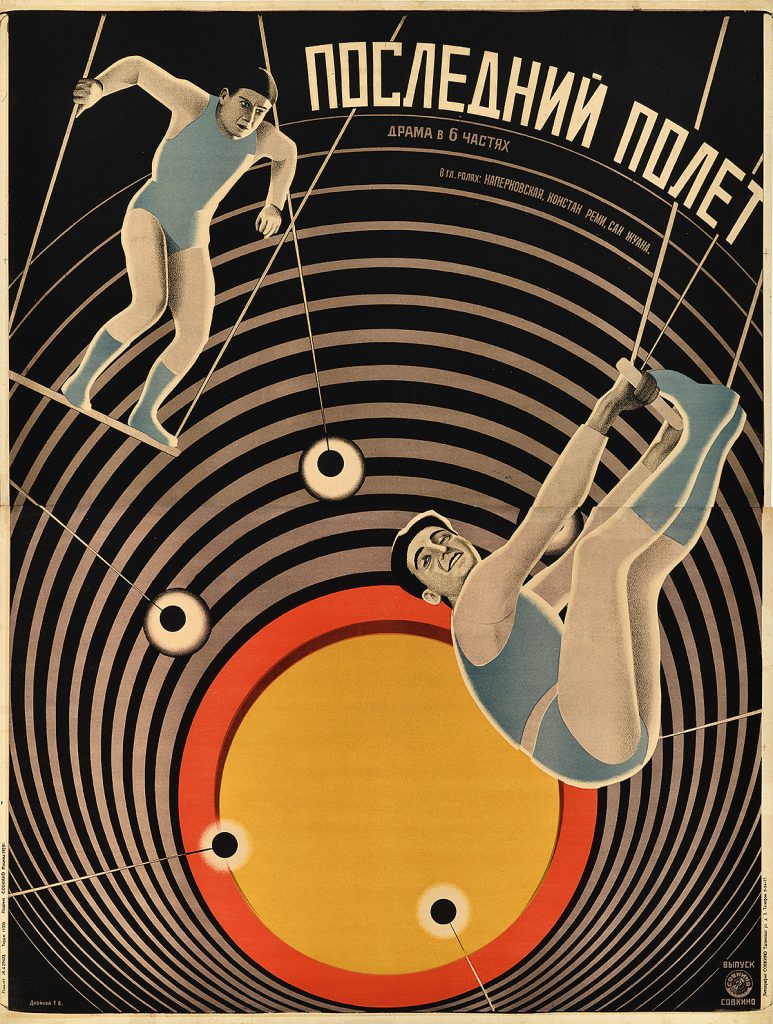
The Last Flight (Posledni polet), Vladimir and Georgii Stenberg, 1929
Have you ever been to the circus? This poster by the Stenberg brothers is for a film from 1929. It has drawings of the movie’s actors on the trapeze.
Russian posters from this time used shapes and lines in new ways. What shapes do you see in this poster? What kinds of lines do you see? What do they remind you of?
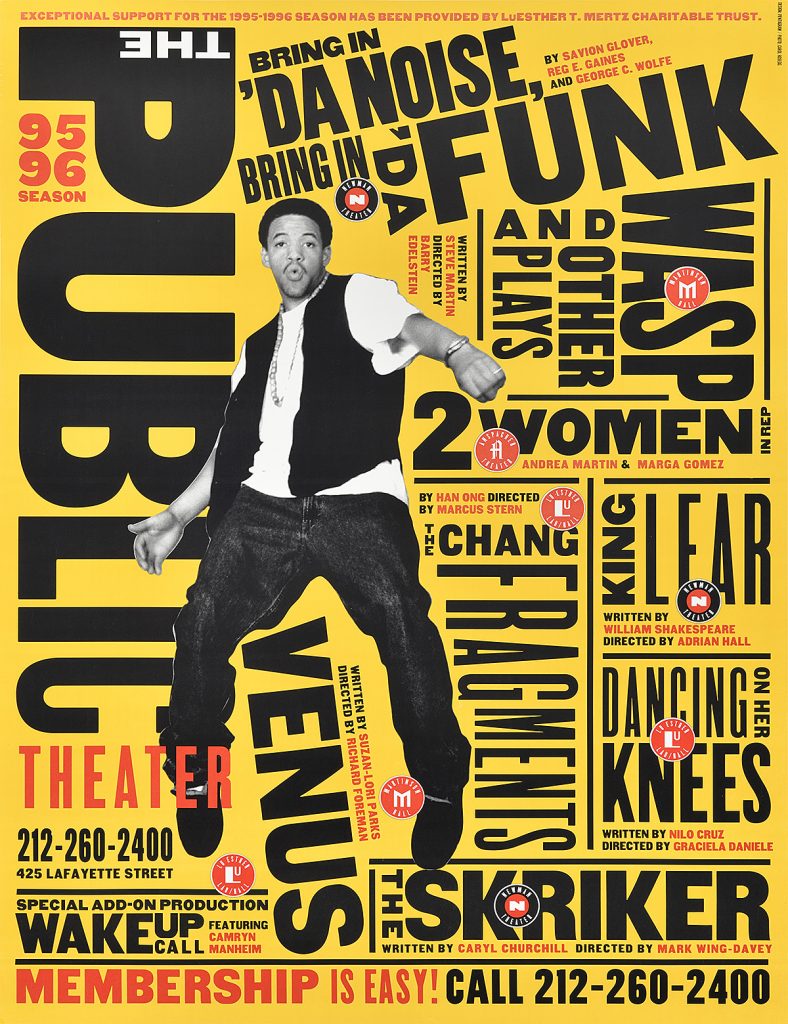
Bring in ’Da Noise, Bring in ’Da Funk, Paula Scher, 1995
The Public Theater is a New York theater company that was started in 1954 and still exists today. This poster by Paula Scher was for its 1995–1996 season.
Information fills up every corner of this poster. We counted nine different show titles! If you had to add one more title to the poster, where would you fit it?
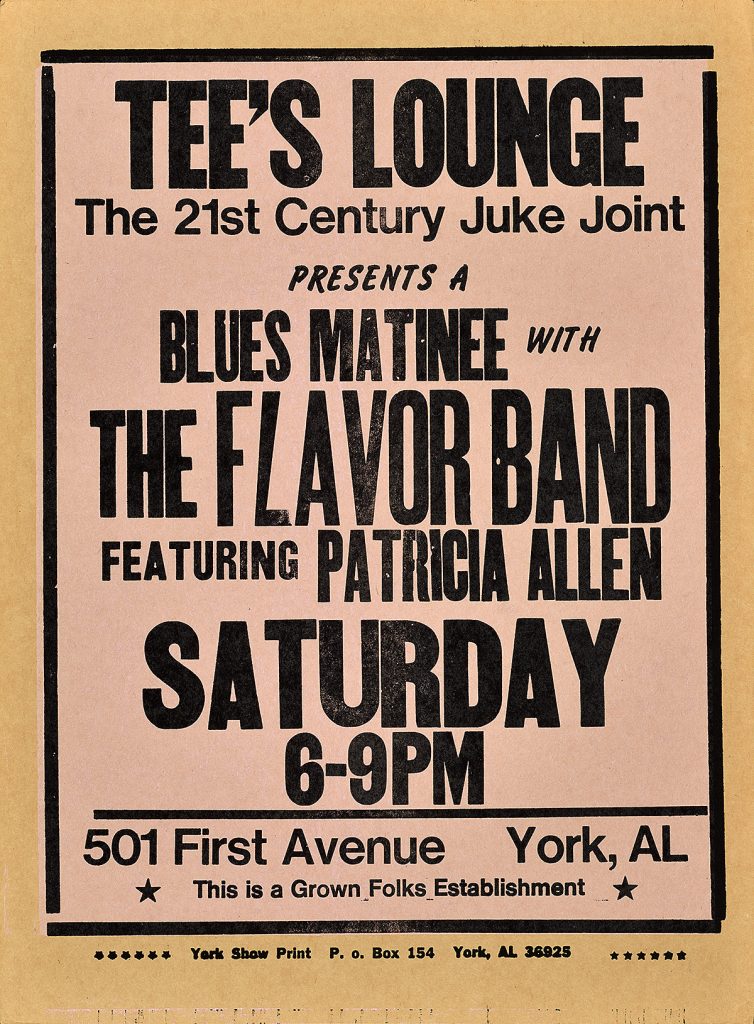
Tee’s Lounge, Amos Paul Kennedy Jr., c. 2003
Some posters don’t use pictures at all—just words! This poster was created by Amos Paul Kennedy Jr. using a letterpress. Letterpresses were used to print books and newspapers too.
Posters can use different kinds of type or lettering styles. How many different kinds of letters do you notice? What makes them different from each other?
Join the Education Newsletter to get notified!
JOIN EDUCATION NEWSLETTER